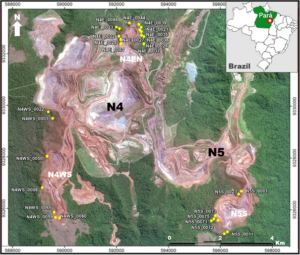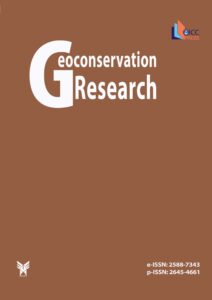
The Haţeg region of Transylvania-Romania, known as the “Haţeg Country”, due to its specific character as a region wholly encircled by mountains, has been renowned for over a century for its palaeontological geosites from which dinosaur bones of several species, dinosaur eggs and hatchlings, were unearthed along with numerous other taxa representative of all the […]
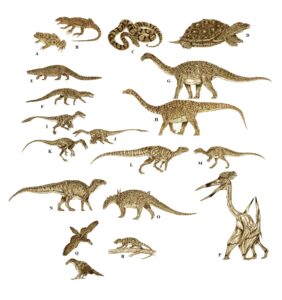
Transcarpathia politically is the westernmost county of Ukraine but geographically is the north–eastern part of the Carpathian–Pannonian Region. The aim of our present work is to provide a brief overview and greater publicity about the geoheritage values of Transcarpathia using 45 documented geosites (stratigraphic, volcanic, geomorphological, mineralogical, tectonic) of the Ukrainian State Geological Survey. Four […]
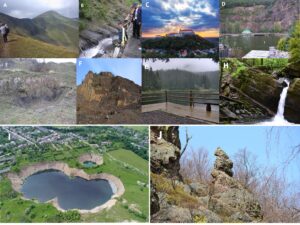
Homolje is one of the most developed geomorphological areas in Eastern Serbia. Shallow karsts prevail across this region with cover vegetation and soil, with developed surfaces, and underground karst landforms. This type of terrain leads to the occurrence of different geomorphological landforms that stand out from the rest, primarily for their scientific, aesthetic and ecological […]
The region of Carpathian Serbia is much dominated by karst terrain with numerous geological and geomorphological features, especially caves and natural stone bridges, potentially significant for geotourism development. The geotourism potential of these sites is still largely untapped. In this paper, we analyze several natural stone bridges that possess geotourism potential. These sites include Velika […]
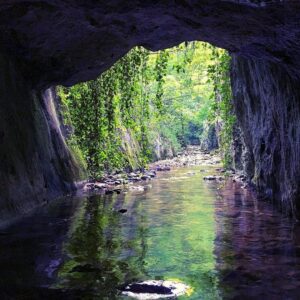
Within the integrated network of protected geosites in nature conservation areas, nature trails have been established in Hungary since 1990. These trails play a major role in the organization of field-based geo-education activities. The Hungarian Geotope Day was established in the study area in 2009, based on the model of the German Geotope Day (Cserépfalu […]
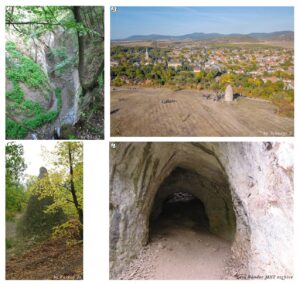
The Manawatu and Wairarapa regions, lower North Island, are an important geological archive for New Zealand but are not among the iconic geotourism attractions of New Zealand. Recently the geoheritage values of the region have been discussed by various groups including Massey University and Horizons Regional Council with an aim to promote the region to […]
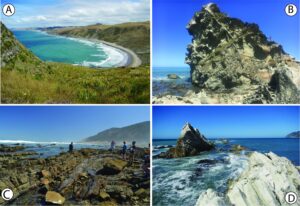
The “Barrocal” city Park of Castelo Branco is an urban park developed to protect the geoheritage of the tardi-Variscan granite landscapes of the only city existing in the area of the Naturtejo UNESCO Global Geopark. The “Barrocal” Granite is part of a Late Carboniferous unusual reversely zone intrusion with a granodiorite core and different granites […]
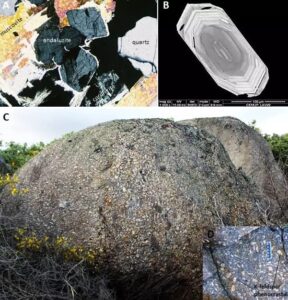
Cave geotechnical studies have been the key to meeting the requirements of Brazilian environmental legislation for the conservation of speleological heritage in mining areas. This paper presents a methodology that classifies iron caves according to their susceptibility to structural instability called the Cave Geomechanical Index (CGI). This index combines four variables: (1) Rock Mass Rating […]
